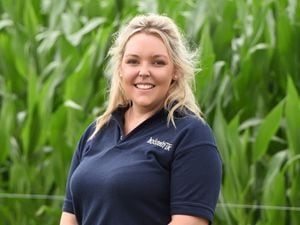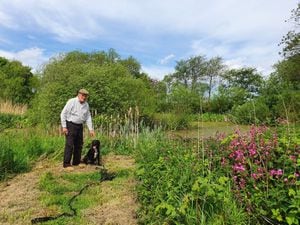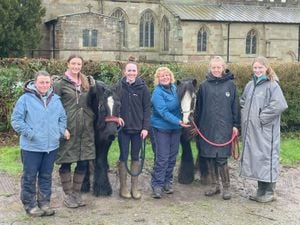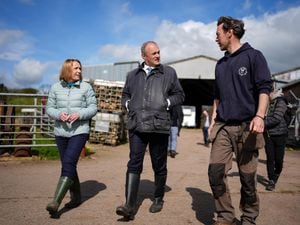A process to get the most from your herd
Sexed semen use is on the rise and is helping farmers reduce rearing costs by only breeding the replacement heifers that they need.

One of the reasons for its popularity is that the performance of sexed semen relative to conventional has improved markedly in the last few years which makes using it a more attractive option. It also increases the likelihood of having a heifer calf to over 90 per cent.
In addition to using sexed semen on your best cows, inseminating the rest of your herd with high-quality beef sires will produce a calf that the beef market requires which will result in even greater profit.
Our online semen usage calculator allows you to run different semen usage scenarios for your farm and pick the one that suits your situation.
The calculator takes into account the market value of calves, conception rates and TB losses to create a realistic illustration for different scenarios. It even takes into account bull costs for farms using natural service.
When considering your options, it’s important to spend time choosing which cows are most suitable and milk recording herds can use our Herd Genetic Report to identify the best heifers from which to breed.
The report highlights which are your most productive cows genetically and helps you select those that have positive fertility traits to ensure the best chance of conception to sexed semen.
This process can be done long before you reach the service window and our inbreeding checker ensures you maintain vigour.
For block calvers, we know that animals selected for sexed semen service are based on practical reasons like detection of heats early in the service window. But to improve your future success, it is important to also consider the animals’ genetic ability. Improved genetics for the fertility index will help maintain a tight calving block.
We’ve pulled together resources to help consider your options about using sexed semen and make informed decisions through our Breed4Better campaign.
Part of the initiative includes a podcast where I spoke with dairy farmer Andrew Gilman about his breeding policies and goals, and how his herd has evolved over recent years.
You can access all the resources at ahdb.org.uk/breed4better
By Steve West, AHDB Dairy knowledge exchange manager





